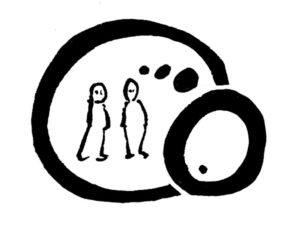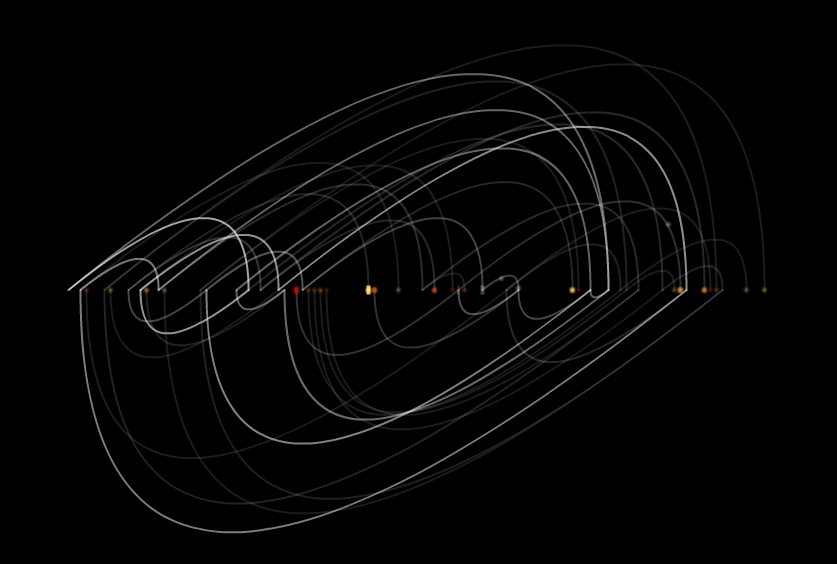MuMM – Das Spiel um Hochschullehre und neue Medien.

In MuMM übernehmen die Spieler*innen die Rolle von Lehrenden, die über einen Zeitraum von vier Semestern Lehrveranstaltungen anbieten und durchführen sollen. Jede Lehrveranstaltung stellt die Spieler*innen vor ganz eigene Herausforderungen, die mit Hilfe unterschiedlicher Methoden oder Medien bewältigt werden können. Ob hierbei kooperativ oder gegeneinander gespielt wird bleibt offen. Mit MuMM möchten wir die Spieler*innen herausfordern, über bekannte und neue Einsatzmöglichkeiten technischer Medien und didaktischer Methoden nachzudenken und ins Gespräch zu kommen.
Dateien zum Download, Ausdrucken, Lesen oder Bearbeiten:
- MuMM-Spielregeln v 2.0 (ausdruckbar, faltbar; PDF, 600 KB)
- MuMM-Spielregeln v 2.0 (Plaintext ohne Abb.; TXT, 12 KB)
- MuMM-Drucksatz für 71 Karten (9 Seiten + Rückseiten) und Spielregeln (2 Seiten) zum Duplex-Ausdruck auf einem Farbdrucker, Informationen (PDF als ZIP, 18 MB)
- 70 MuMM-Kartenillustrationen mit Knubbelmännchen, Ordner mit transparenten, hochaufgelösten PNG-Dateien, die sich wie JPG handhaben und in Präsentationen oder Drucke einbauen lassen (ZIP-Datei mit PNG-Grafikdateien, 6 MB)





